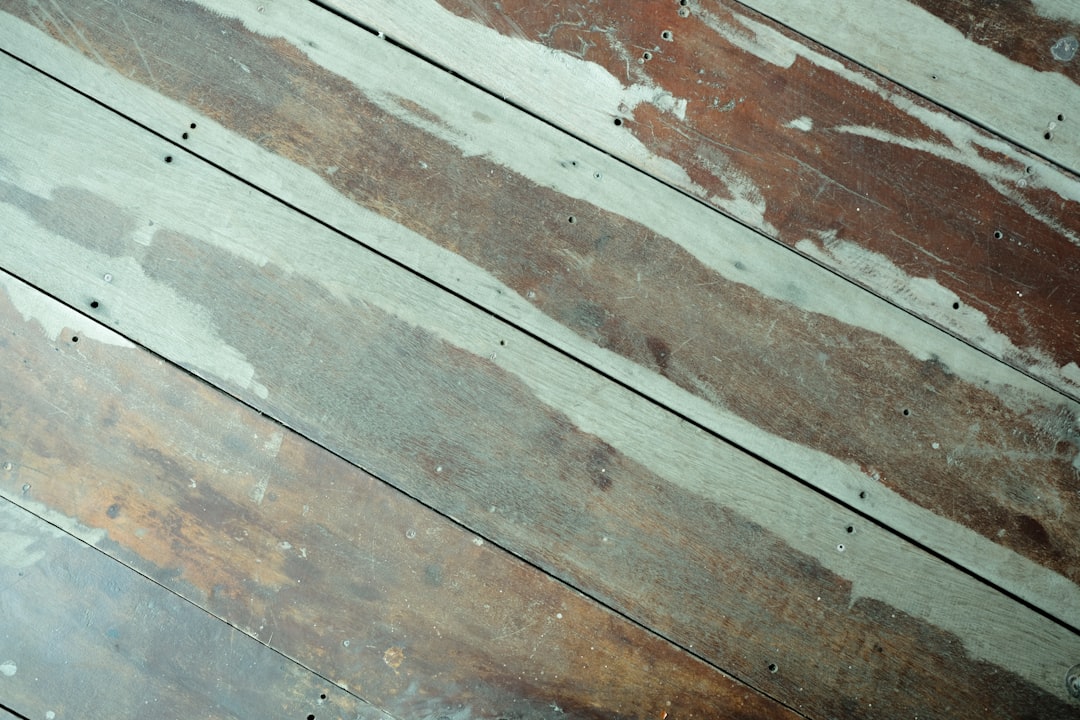
For construction professionals, accurately estimating the cost to repair hardwood floors is crucial. Current industry rates for repairs can range significantly based on the scope and materials involved. For instance, light scratch buff-out and recoat typically cost $1.50-$2.25 per square foot, while extensive water damage repair can reach $6.50-$8.00 per square foot. This guide provides a detailed breakdown of cost factors and strategies to manage expenses effectively.
• Scope of Damage: Minor scratches may only require a screen-and-coat, whereas deep gouges might necessitate full plank replacement.
• Wood Species: Common species like oak are cost-effective, while exotic woods can increase material costs by 25-40%.
• Repair Method: Options range from spot repairs to full tear-outs, each with different labor requirements.
• Finish Selection: Water-based finishes dry quickly, reducing labor time, while oil-based finishes offer a richer look but require longer drying times.
• Site Conditions: Factors like furnished rooms and multi-story layouts can add to setup and disposal costs.
• Light scratch buff-out and recoat: $1.50-$2.25 per square foot
• Isolated plank replacement (up to 10 boards): $250-$450 total
• Full sanding and refinishing: $3.00-$4.25 per square foot
• Extensive water damage repair & subfloor treatment: $6.50-$8.00 per square foot
These figures are subject to change based on local labor rates and material costs, which can be adjusted in real-time using tools like CountBricks.
• Consolidate Repairs: Grouping multiple small jobs can save 10-15% on labor setup fees.
• Choose Water-Based Finishes: Especially in winter, these finishes cure faster, reducing occupant displacement costs.
• Salvage Materials: Reusing boards from less visible areas can reduce material expenses.
• Schedule Wisely: Mid-week projects may qualify for contractor discounts.
If damage affects more than 30% of the floor or the subfloor is compromised, replacement might be more cost-effective. Tools like CountBricks can help model these scenarios to provide clear cost comparisons.
A 1,200 sq ft bungalow in Trenton, NJ, faced significant water damage. Options included targeted repair and refinish for $3,940 or full room replacement for $5,875. The client chose replacement for its longer warranty, guided by data-driven insights.
• Furniture moving and storage
• HVAC shutdown during curing
• Dust containment and cleaning
• Permit fees for structural repairs
Including these in estimates ensures transparency and prevents unexpected expenses.

In professional settings, labor often constitutes 55-65% of repair costs. Understanding this breakdown can aid in more accurate budgeting and project planning.
• Crew Size: Efficient for areas up to 500 sq ft with two people; larger crews may be needed for bigger projects.
• Equipment Choice: Drum sanders are faster, potentially reducing labor hours by up to 20%.
• Skill Level: Experienced finishers can complete tasks more efficiently, potentially reducing overall costs.
• Replacement Boards: Matching existing materials is crucial, with a typical waste factor of 10-15%.
• Finishes & Stains: Premium options may cost more but offer benefits like low VOC emissions.
• Consumables: Items like abrasive belts and tack cloths add approximately $0.35 per square foot.
Bundling related tasks, such as baseboard touch-ups, can improve margins by 8%. AI tools can suggest these opportunities during project planning.
For precise estimates, consider using AI-driven tools that provide detailed line-item proposals, balancing labor and material costs effectively. Visit CountBricks.com for more information.